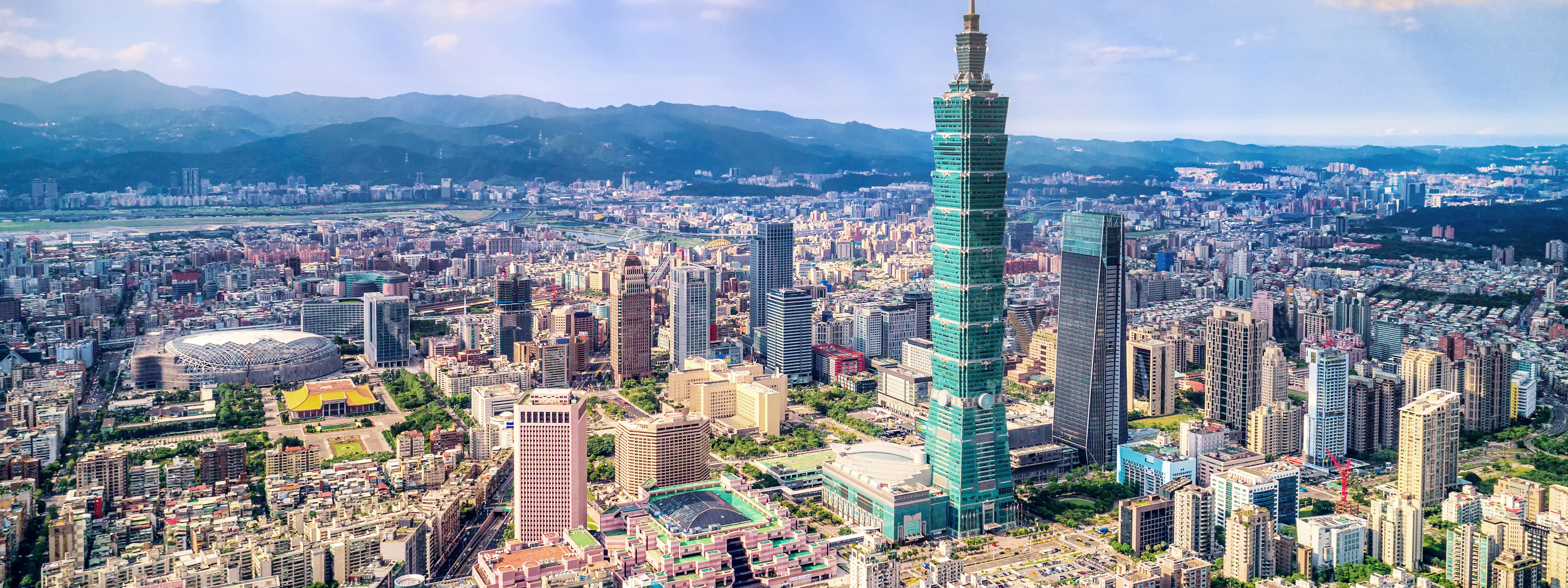M&A activity in Europe’s infrastructure sector continues to gather pace, courtesy of compelling structural drivers including demographics, climate change and digital transformation, as well as fierce competition for the best assets. The sector saw 491 deals last year, up 13% on 2018.
While there were fewer larger transactions in 2019—as such, overall deal value fell 19% to US$95.9 billion—the increase in deal volume reflects the sustained appetite for a broad range of infrastructure assets.
In traditional infrastructure, the need for assets such as transport and power networks will only increase as Europe’s economy delivers consistent, albeit measured, growth and the populations of many countries rise. In energy, the transition from fossil fuels to renewables requires significant infrastructure investment, as does the ongoing digitalization of society and the economy, which is expanding the infrastructure asset class into areas such as phone masts, data centers and fiber networks.
For investors, scale-building M&A makes it possible to compete for more and bigger projects across many of these fields, as well as unlocking access to finance. Meanwhile, for investors, infrastructure has never been more alluring. In this period of ultra-low interest rates, the sector’s generous and stable returns, often inflation-linked and backed by state guarantees, are highly attractive.
Energy sector reorders
The details of last year’s M&A activity in European infrastructure evince many of these themes. The energy subsector was the busiest segment, with 40 deals worth an aggregate US$19.5 billion, representing a 60% and 48% annual increase in volume and value respectively.
This activity was paralleled by a swell in renewables transactions. That space saw 269 deals last year, a 16% increase on 2018 (though total deal value fell by more than one-third). These included 2019’s second-largest infrastructure transaction, the privatization of Eneco, the Dutch utility group with a focus on sustainable energy. It was acquired for US$4.5 billion in a joint venture by Japanese firms Mitsubishi Corp. and Chubu Electric Power.
Other significant deals in the renewables subsector included the US$1.6 billion sale of Spanish wind and solar group Eolia Renovables to the Alberta Investment Management Corporation, and the US$920 million purchase of Ocean Breeze Energy, owner of the Germany’s BARD Offshore 1 wind farm, by Macquarie Infrastructure and Real Assets.
Rise of the infrastructure fund
Financial buyers are also determined to compete for attractive infrastructure assets. This theme is set to become even more important, given record fundraising last year.
Infrastructure funds globally picked up US$80.4 billion of new capital in 2019, 13% more than in 2018, itself a record year. Many of these have considerable firepower, with last year’s fundraising shared by 31 new funds, down from 45 in 2018 and the lowest figure since 2013.
Not to suggest financial buyers have it all their own way. In 2019, the largest infrastructure transaction was a trade deal, France-based Vinci Airports paying US$7 billion to take control of the UK’s Gatwick Airport.
However, a spate of sizeable transactions across the sector, such as the US$1.9 billion sale and leaseback deal for new rolling stock on London’s Elizabeth Line rail project involving a consortium of Equitix, NatWest and SMBC Leasing, reflects investors’ desire to continue diversifying through infrastructure assets.
New opportunities
Another striking feature of infrastructure dealmaking in 2019 was the growing breadth of the industry, offering trade buyers and investors alike new opportunities in emerging subsectors.
Last year there were 41 telecommunications M&A transactions, an 8% annual increase. Deals included the US$2.6 billion sale by French group Iliad of mobile phone tower assets across France, Switzerland and Italy to infrastructure company Cellnex. Altice Europe raised US$2.5 billion by selling a stake in its fiber network business in Portugal to Morgan Stanley Infrastructure Partners.
The social infrastructure subsector proved similarly fruitful, as health and social care businesses benefited from demographic trends as Europe’s population ages. There were 25 such deals in 2019; while this was down from the 34 transactions recorded in 2018, deal value rose 140% to US$4.3 billion. The US$1.2 billion acquisition of French residential care group Domidep by PE group I Squared Capital accounted for more than 25% of that total.
Interest in these ‘non-core’ opportunities will continue to intensify. Offering many of the same qualities as traditional infrastructure assets, including stable cashflow with often inflation-linked yield, they provide additional options for exposure to the sector at a time when core assets are in demand and often priced at a premium.
Persistent demand for traditional infrastructure will remain a feature of the market. Last year saw a 58% rise in deal volume in the power subsector, for example, and a 72% increase in deal value—though transport M&A was down 3% and 42% in volume and value terms respectively. However, with both corporations and investors pursuing diversification and exposure to growth areas such as the digital economy, the infrastructure industry’s M&A landscape looks increasingly varied.





